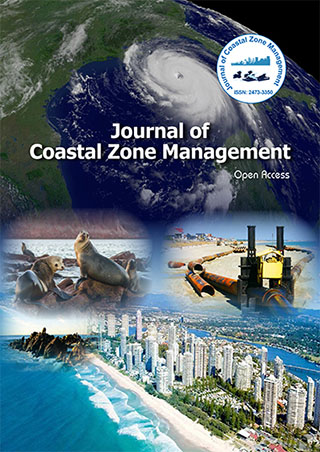Awards Nomination
20+ Million Readerbase

Indexed In
- SafetyLit
- RefSeek
- Hamdard University
- EBSCO A-Z
- OCLC- WorldCat
- Publons
Useful Links
Share This Page
Journal Flyer

Open Access Journals
- Agri and Aquaculture
- Biochemistry
- Bioinformatics & Systems Biology
- Business & Management
- Chemistry
- Clinical Sciences
- Engineering
- Food & Nutrition
- General Science
- Genetics & Molecular Biology
- Immunology & Microbiology
- Medical Sciences
- Neuroscience & Psychology
- Nursing & Health Care
- Pharmaceutical Sciences
Abstract
Geoelectrical Resistivity Method for Salt/Brackish Water Mapping
Nur Islami
A 2D geoelectrical resistivity method was used for detecting and mapping occurrence of salt/brackish water in the subsurface, North Kelantan - Malaysia. The North Kelantan plain is covered with Quaternary sediments overlying granite bedrock. The drainage system is dendritic with the main river flowing into the South China Sea. The geoelectrical resistivity surveys made up of eleven resistivity traverses at four different sites. The zone of brackish water is very clearly seen in the resistivity inverse model with position around 20-30 m depth. This aquifer is referred to second aquifer. As the final result, a map with the possibility of salt/brackish and fresh water interface can be generated
